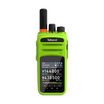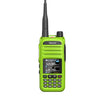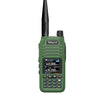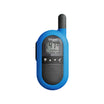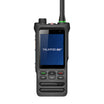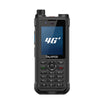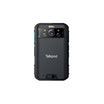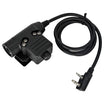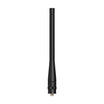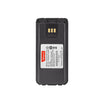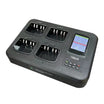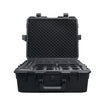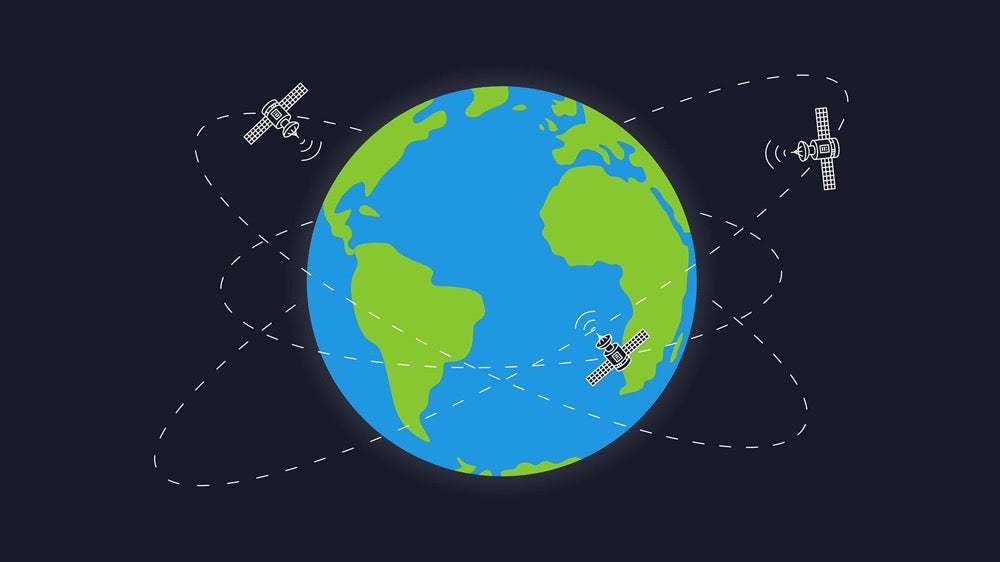In the realm of two-way radio communications, the differentiation between Ultra High Frequency (UHF) and Very High Frequency (VHF) systems is a pivotal aspect that influences operational efficacy across various environments. This discourse aims to elucidate the inherent characteristics and application-specific advantages of UHF and VHF radios, thereby guiding stakeholders towards making informed decisions tailored to their specific communicational needs.
Characteristic Variances between UHF and VHF Radios
-
Frequency Range: UHF radios operate within the 400 MHz to 470 MHz spectrum, facilitating a shorter wavelength that inherently enhances their capability to penetrate through dense materials, such as steel and concrete. Conversely, VHF radios function within the 136 MHz to 174 MHz frequency range, boasting a longer wavelength conducive to expansive outdoor environments.
-
Environmental Suitability: The architectural propensity of UHF wavelengths to navigate through physical obstructions renders these radios particularly advantageous for indoor applications, including but not limited to, commercial establishments and office complexes. On the other hand, VHF radios exhibit superior performance in open-air settings, making them the preferable choice for agricultural operations, festival management, and activities necessitating broad-range communication over clear terrains.
-
Penetration and Propagation: The comparative analysis underscores UHF radios' enhanced penetration capabilities in environments abundant with structural barriers, thereby ensuring consistent communication within urban landscapes. In contrast, the propagation attributes of VHF radios are optimally harnessed in scenarios where direct line-of-sight communication is prevalent, thus amplifying their efficacy in rural or undeveloped areas.
Strategic Selection Criteria for UHF and VHF Radios
The decision matrix for selecting between UHF and VHF radios should pivot around a comprehensive evaluation of the operational environment, the specific communication requirements, and the anticipated interaction dynamics. Entities are advised to meticulously assess the following considerations:
-
Assessment of Environmental Constraints: An intricate understanding of the physical layout and the environmental conditions of the operational arena is imperative. Entities must evaluate the prevalence of structural impediments, the scale of the operational area, and the geographical topography to align the radio frequency characteristics with environmental demands.
-
Operational Requirements and Communication Dynamics: A thorough analysis of the communication patterns, including the number of users, the requisite communication channels, and the criticality of clear, uninterrupted communication, is vital. The specific requirements should guide the selection process towards a system that optimally addresses the functional needs and enhances operational efficiency.
-
Integration with Existing Systems and Future-Proofing: Compatibility with current communication infrastructure and the adaptability to evolving technological advancements should be factored into the selection process. The choice between UHF and VHF radios should not only fulfill current operational demands but also accommodate future scalability and technological integration.
Conclusion
The dichotomy between UHF and VHF two-way radios embodies a critical consideration in the architectural design of effective communication systems. A strategic approach, grounded in an analytical assessment of operational, environmental, and technological parameters, is essential to harness the full potential of two-way radio communications. Entities are encouraged to engage in a deliberative selection process, leveraging the distinct advantages of UHF and VHF radios to achieve enhanced communication efficacy tailored to their specific operational context.





